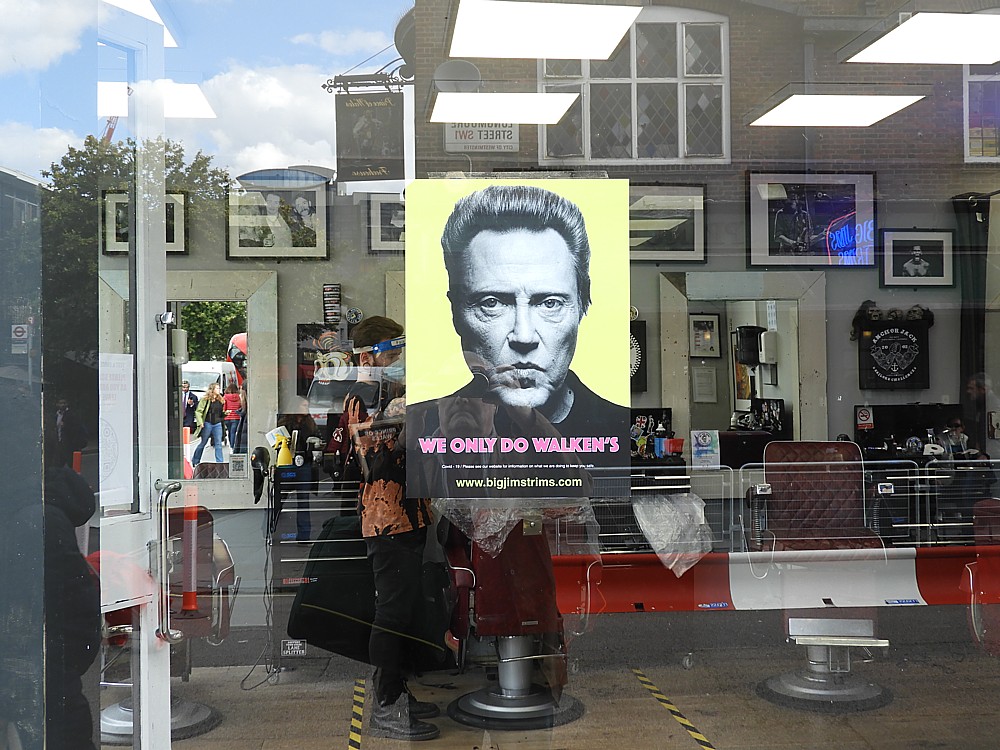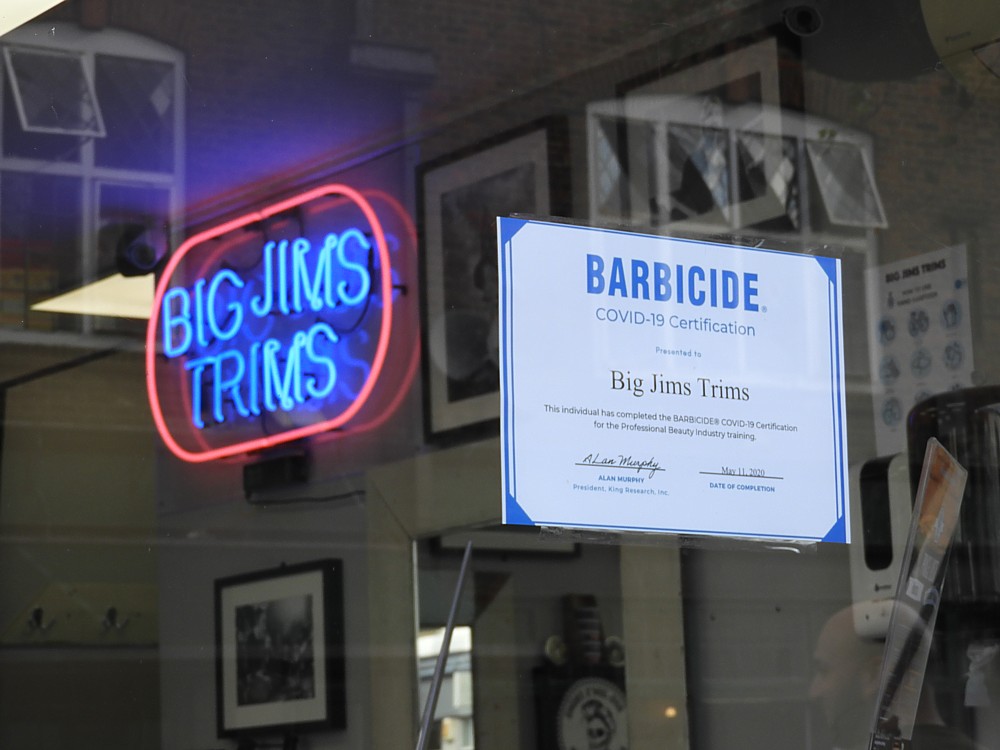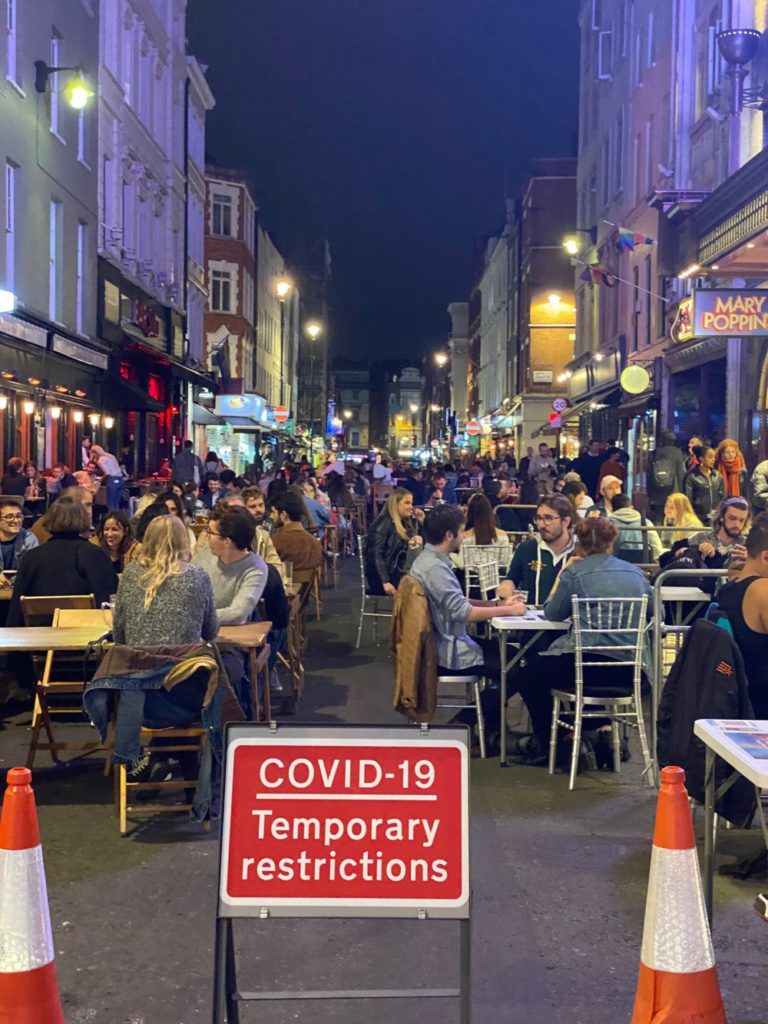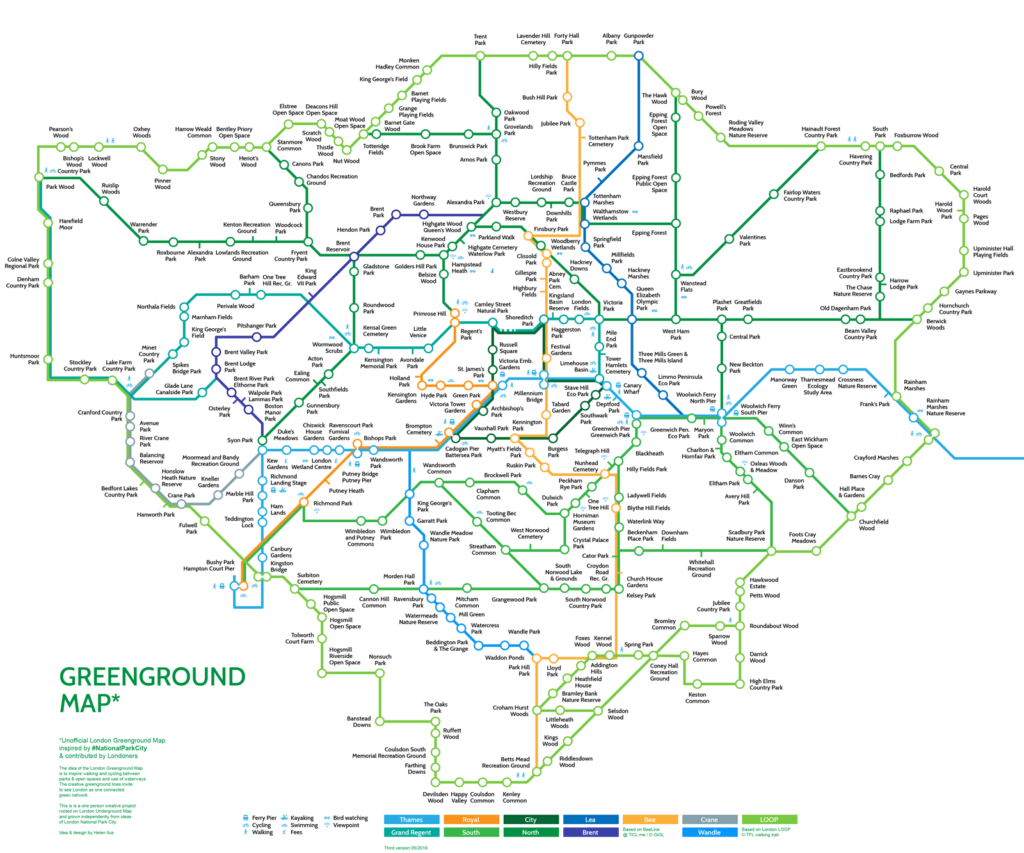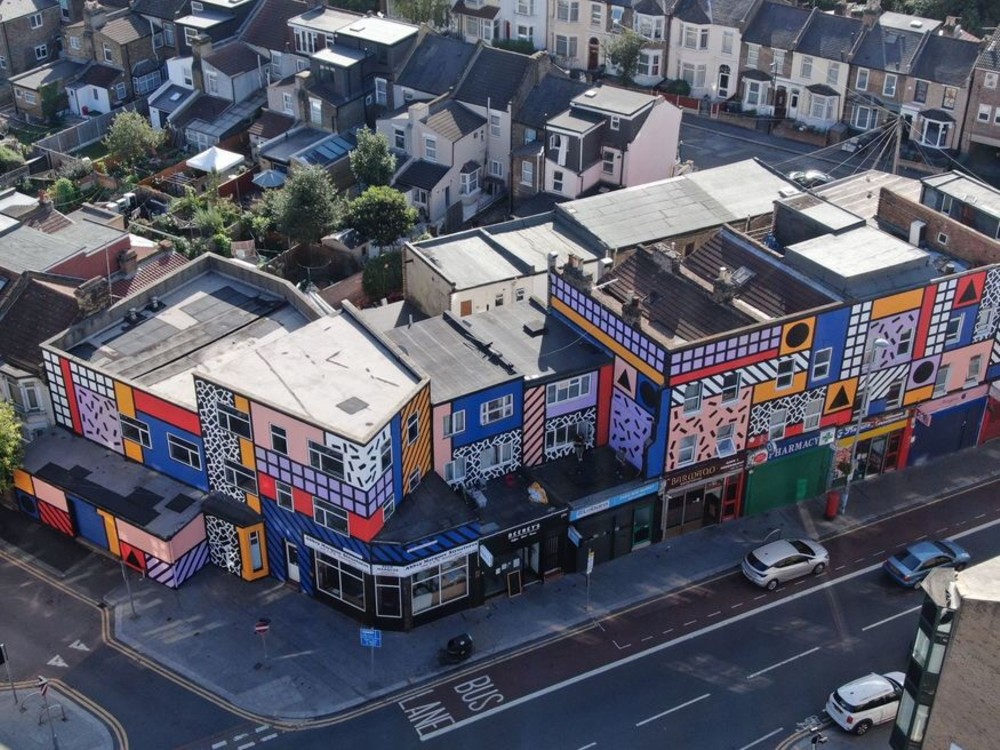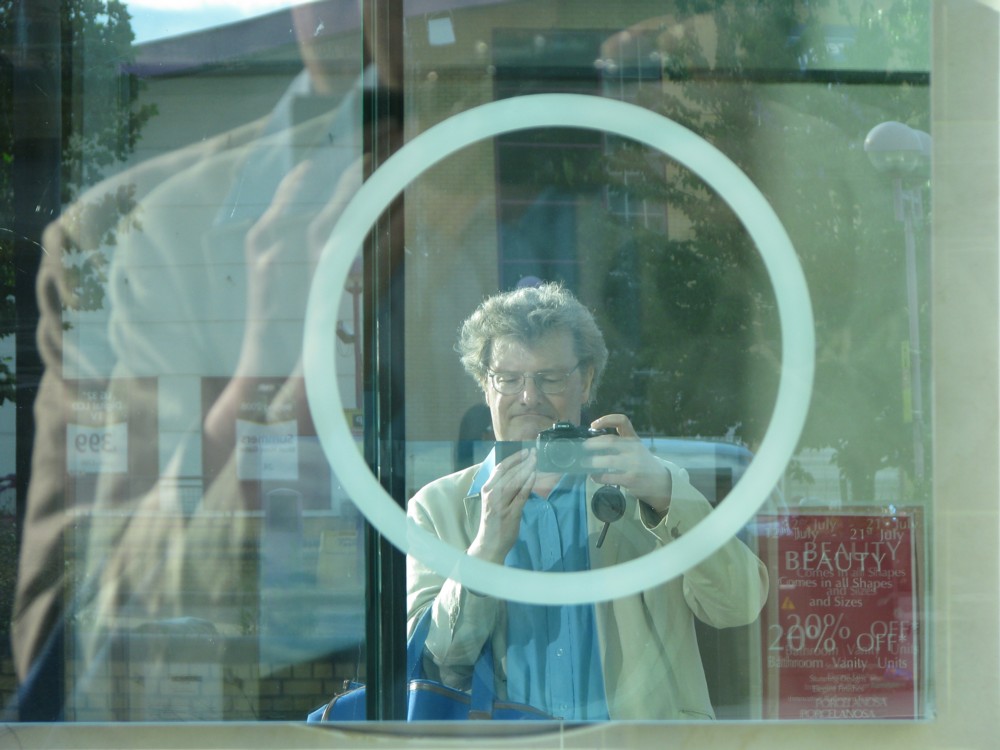From this tweet, concerning a piece behind the Telegrap paywall (thankyou Adriana Lucas) …:
It’s rather reminiscent of Medieval physicians, attributing any sign of recovery to the effectiveness of bloodletting; any deterioration to insufficient application of leeches.
… I found my way to this thread, which summarises the case against the Plague policies of most governments around the world, the case that I have been passing on here, and the case which I hope will become the orthodoxy concerning this ghastly episode. The Plague was not that bad. The overreaction to it has been one of the great public policy blunders of all time.
However, if Johnson, Hancock and their equivalents elsewhere are thinking that they can now end Lockdown, because Lockdown has worked, I’ll take it, for now. The right thing getting done for the wrong reason, is surely better than the wrong thing continuing to be done for some other wrong reason. The argument to the effect that Johnson and Hancock and their ilk are off their chumps and should be dustbinned as major politicians can then proceed in a more relaxed fashion.
LATER: It seems that I may have underestimated their willingness to end Lockdown. Hancock is still threatening more Lockdown. But the government is rapidly losing its own backbenchers, who may soon compel a return to normality, because of all the reasons I’ve been going on about here. At which point, the government may then be allowed to declare their failed policy to have succeeded, just so long as they stop doing it any more. The backbenchers will maybe then go along with this charade, to avoid humiliating their own government more than is absolutely necessary and in order to get something resembling normal life back again, even though lots of them already think that Lockdown was a total failure rather than a good policy. Like I say, I’ll take that.


